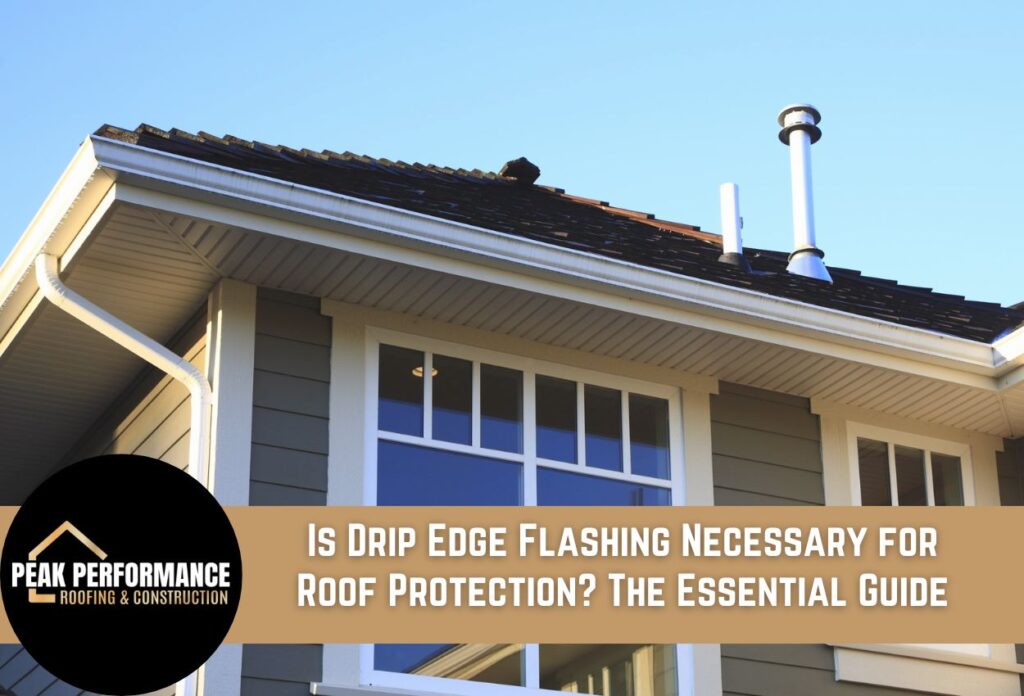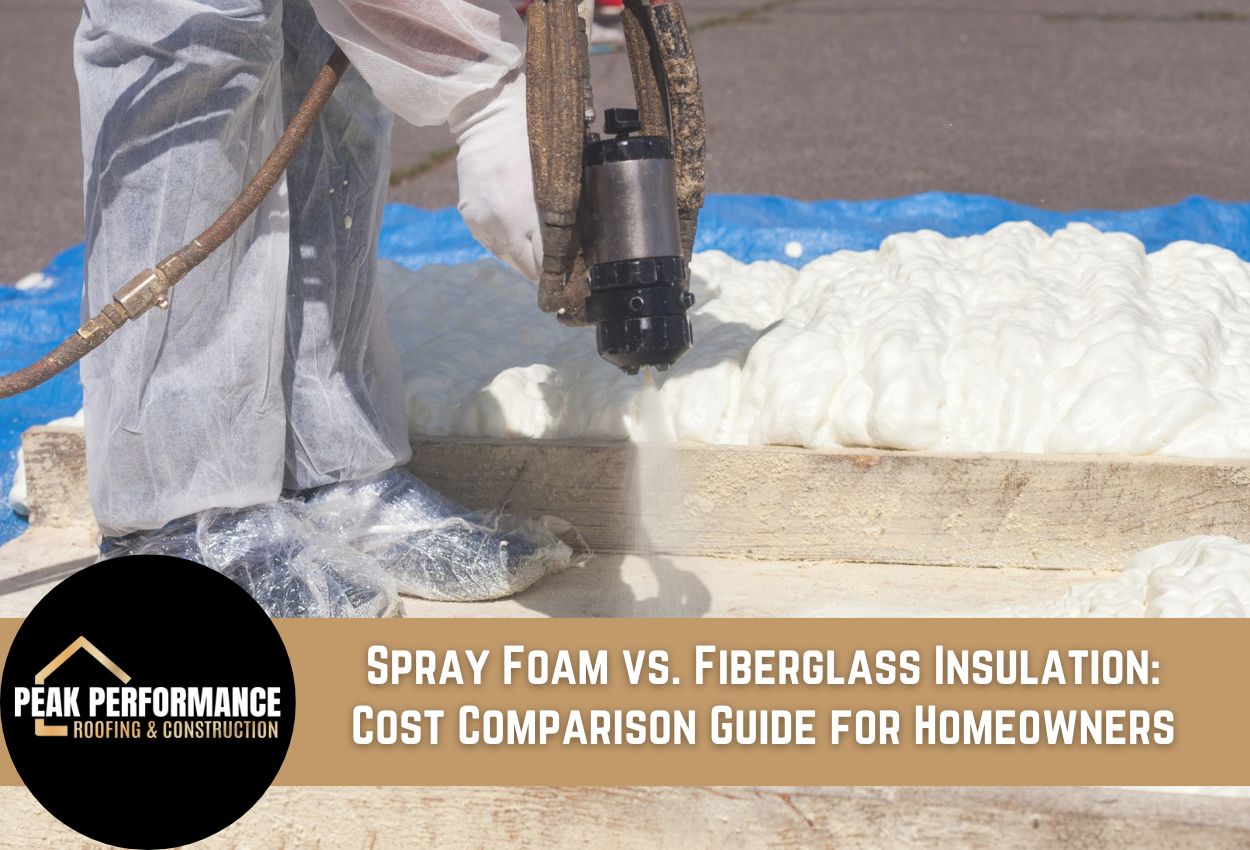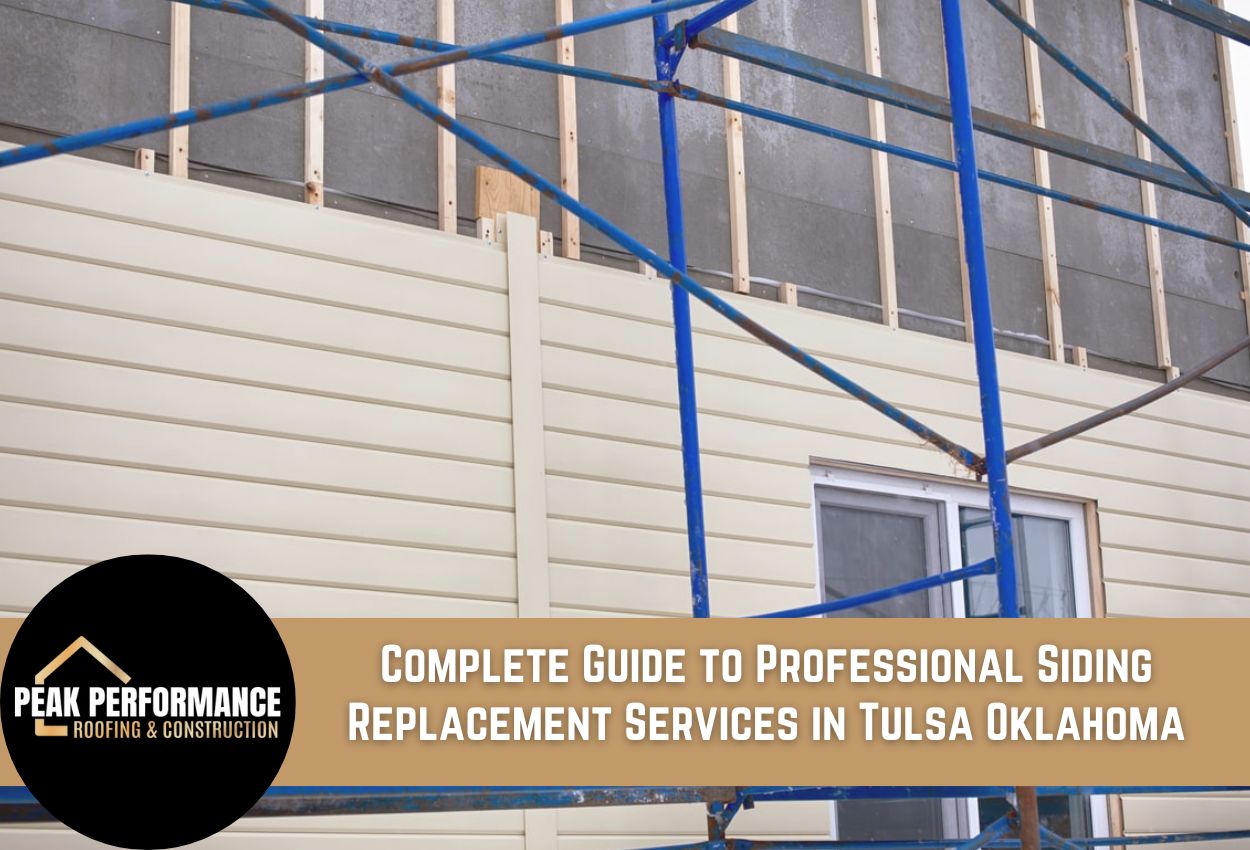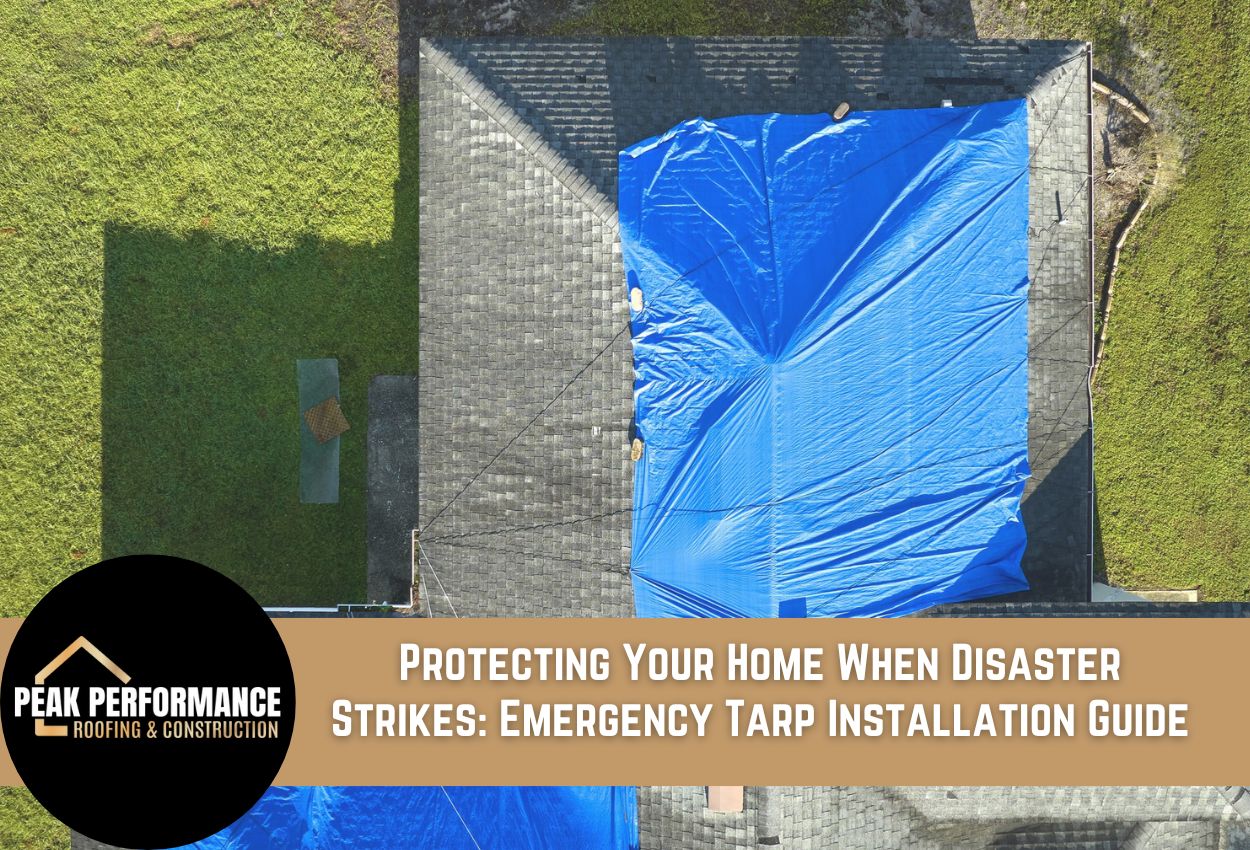Is Drip Edge Flashing Necessary for Roof Protection? The Essential Guide

Drip edge flashing is a small but necessary part of a complete roofing system. This metal strip installed at the edges of your roof directs water over the fascia and into your gutters, preventing moisture from seeping under your roofing materials. For Tulsa homeowners, where seasonal storms and heavy rainfall are common, roof edge protection isn’t just a recommendation — it’s a necessity for maintaining your home’s structural integrity.
Without drip edge flashing, water can work its way beneath your shingles and cause the underlying roof deck and fascia boards to rot. This water infiltration leads to significant damage over time, potentially requiring major repairs that extend beyond just the roofing materials. Oklahoma’s unpredictable weather patterns, including strong winds and heavy downpours, make proper roof edge protection even more important for local homes.
Many homeowners question whether drip edge flashing is truly necessary for roof protection, especially when trying to manage roofing project costs. The short answer is yes, drip edge flashing provides essential protection that prevents water damage, extends roof lifespan, and even helps maintain compliance with building codes in many areas. Understanding the benefits and implications of drip edge installation can help you protect your home from significant water damage.
*Please note, this article is meant for general educational purposes only and is not intended to represent professional legal advice. Consult with a qualified attorney for advice regarding your specific situation.
How Drip Edge Flashing Protects Your Roof
Drip edge flashing acts as a critical defensive barrier for your Tulsa home, methodically directing rainwater away from vulnerable roof components. This metal flashing creates a clean break between your roof edge and fascia board, ensuring water flows directly into gutters rather than seeping behind them. Without this protection, water infiltrates the fascia and roof decking, leading to wood rot, mold growth, and eventual structural compromise, which is particularly concerning during Oklahoma’s intense storm seasons.
The benefits of drip edge flashing installation extend beyond basic water management. By preventing moisture from wicking upward beneath shingles, this simple component helps maintain the integrity of your entire roofing system. Tulsa homes face freeze-thaw cycles and heavy spring downpours that can exploit any weakness in roof edges. Properly installed drip edge creates a reliable water barrier that significantly extends roof lifespan.
Roof damage without drip edge flashing becomes evident within just a few seasons through warped fascia boards, stained soffits, and deteriorating sheathing. When comparing drip edge vs. no drip edge roof performance, the difference becomes clear in avoided repairs and maintenance costs. Even installing drip edge flashing on existing roofs provides immediate protection benefits, making it a worthwhile investment for any Tulsa homeowner concerned about long-term roof performance.
The Hidden Consequences of Skipping Drip Edge Installation
When Tulsa homeowners opt to skip drip edge installation, they often face a cascade of expensive problems that develop gradually. Without this critical flashing, rainwater follows the path of least resistance: directly into your fascia boards. The constant moisture exposure causes wood to swell, warp, and eventually rot completely. This deterioration doesn’t stop at the fascia — it typically progresses to soffit damage, causing sagging and creating entry points for pests and additional moisture.
Roof damage without drip edge flashing also includes visible exterior issues. Water that seeps behind fascia boards often travels down walls, potentially reaching basements and crawlspaces. Many Tulsa homeowners discover foundation dampness and basement water issues that originated from improperly protected roof edges. The connection between these seemingly unrelated problems often goes undiagnosed until significant damage has occurred.
Comparing the cost of significant water damage to the minimal investment of drip edge flashing installation shows why cutting this corner is counterproductive. Building code requirements for drip edge flashing now mandate its use in most areas precisely because of its necessity.
Navigating Building Codes: Drip Edge Requirements in Tulsa
Understanding local building codes regarding drip edge flashing is essential for Tulsa homeowners considering roof work. Currently, Oklahoma follows the International Residential Code (IRC), which specifically requires drip edge installation on both eave and rake edges of shingle roofs. In Tulsa specifically, building officials have embraced these standards for all new construction and roof replacements, recognizing the critical role drip edge plays in protecting structures from Oklahoma’s challenging weather conditions.
The code requirements specify that the drip edge must extend at least ¼ inch below the roof deck and be installed over the underlayment at rake edges while remaining under the underlayment at eaves. These precise installation methods ensure maximum protection against water intrusion. Homeowners should be aware that building inspectors routinely check for proper drip edge installation during roof inspections, and non-compliance can result in failed inspections requiring expensive corrections.
Insurance companies have also taken notice of building code requirements for drip edge flashing. Many insurers now specifically look for code-compliant roofing systems during property inspections. A roof without a drip edge may be flagged as deficient, potentially affecting coverage or claims. Some policies even contain provisions that limit coverage for water damage if the roof doesn’t meet current building codes. For Tulsa homeowners, ensuring your roof includes a correctly installed drip edge isn’t just about code compliance — it’s about protecting your insurance coverage and investment in your home.
Comparing Roof Performance: With vs. Without Drip Edge
To truly understand the value of drip edge flashing, consider how differently protected and unprotected roofs perform during Tulsa’s challenging weather conditions. During heavy rainfall, roofs with properly installed drip edges direct water cleanly into gutters, maintaining dry fascia boards. In contrast, unprotected roofs allow water to curl underneath the shingles and behind the fascia, creating persistent moisture problems that compound with each storm.
The maintenance comparison reveals perhaps the most compelling difference. Tulsa homes with properly installed drip edges typically require roof edge repairs every 15 to 20 years, while unprotected roofs often need fascia replacement and edge repairs within 5 years. This maintenance difference translates to significant long-term savings, with protected roofs requiring repairs over a typical 30-year roof lifespan. This clearly demonstrates that the initial investment in quality drip edge installation pays off in extended roof performance and reduced maintenance needs.
Retrofitting Your Existing Roof with Drip Edge Flashing
Many Tulsa homeowners with existing roofs wonder if it’s possible to add drip edge flashing without a complete roof replacement. The good news is that retrofitting drip edges to an existing roof is entirely feasible and can provide immediate protection. Professional Tulsa roofers typically approach this process by carefully lifting the first course of shingles and underlayment along the roof’s edge, installing the appropriate drip edge flashing, and then resealing the shingles with roofing cement.
The process varies slightly depending on your roofing material. For asphalt shingles, careful lifting prevents shingle damage, while tile or metal roofs may require specialized techniques to ensure proper installation. The roof style also matters. Homes with complex architectural features need custom-cut drip edge sections to navigate valleys and curves effectively. Most retrofitting projects can be completed in a single day, making this a relatively non-disruptive improvement.
The ideal time for installing drip edge flashing on an existing roof is during dry, mild weather conditions when roofing materials are neither too brittle from cold nor too soft from heat. Early spring or fall works well for Tulsa homes. Your roof is a good candidate for retrofitting if the shingles are in good condition but showing signs of edge wear, or if you’re experiencing minor fascia deterioration. This can extend your current roof’s lifespan significantly while providing immediate protection against water infiltration.
Drip Edge Profiles and Materials for Your Tulsa Home
Selecting the right drip edge flashing for your Tulsa home involves considering a few things that directly impact its performance and longevity. In Oklahoma’s climate, where heavy rains, high winds, and significant temperature fluctuations are common, material selection becomes particularly crucial. Aluminum drip edge offers excellent corrosion resistance at an affordable price, making it popular for many residential applications. For homes needing additional durability, galvanized steel provides superior strength, while copper offers premium protection with aesthetic appeal that develops a distinguished patina over time.
The profile is just as important as the material itself. C-style drip edges work well for most Tulsa homes with asphalt shingles, creating an effective water barrier, while F-style profiles offer extended coverage for homes with steeper pitches. D-style drip edges provide enhanced protection for homes in areas of Tulsa that are particularly exposed to driving rain. Color options should complement your roof and home exterior while meeting neighborhood guidelines, if applicable.
When hiring a Tulsa roofing contractor for installation, look for specific quality markers: proper overlapping of sections, correct fastening patterns, and appropriate placement under shingles at rakes but over underlayment at eaves. Professional installation ensures your drip edge flashing provides maximum protection while maintaining manufacturer warranty coverage. The benefits of professionally installed drip edge flashing include significantly reduced maintenance costs and extended roof lifespan, making it an essential investment for any Tulsa home.
Protect Your Tulsa Home with Peak Performance Roofing & Construction
Understanding the critical role of drip edge flashing in safeguarding your roof from water damage is just the first step. Taking action to ensure your home is protected is essential, especially considering Tulsa’s unpredictable weather. Don’t let your roof be compromised by skipping essential installation steps like drip edge flashing. At Peak Performance Roofing & Construction, we specialize in optimizing your roof’s performance. Maintain your home’s safety and durability by calling us today at (918) 694-1483 to discuss installing drip edge flashing on your roof. Act now to prevent future repairs and enhance your roof’s lifespan with professional help from Peak Performance Roofing & Construction.



